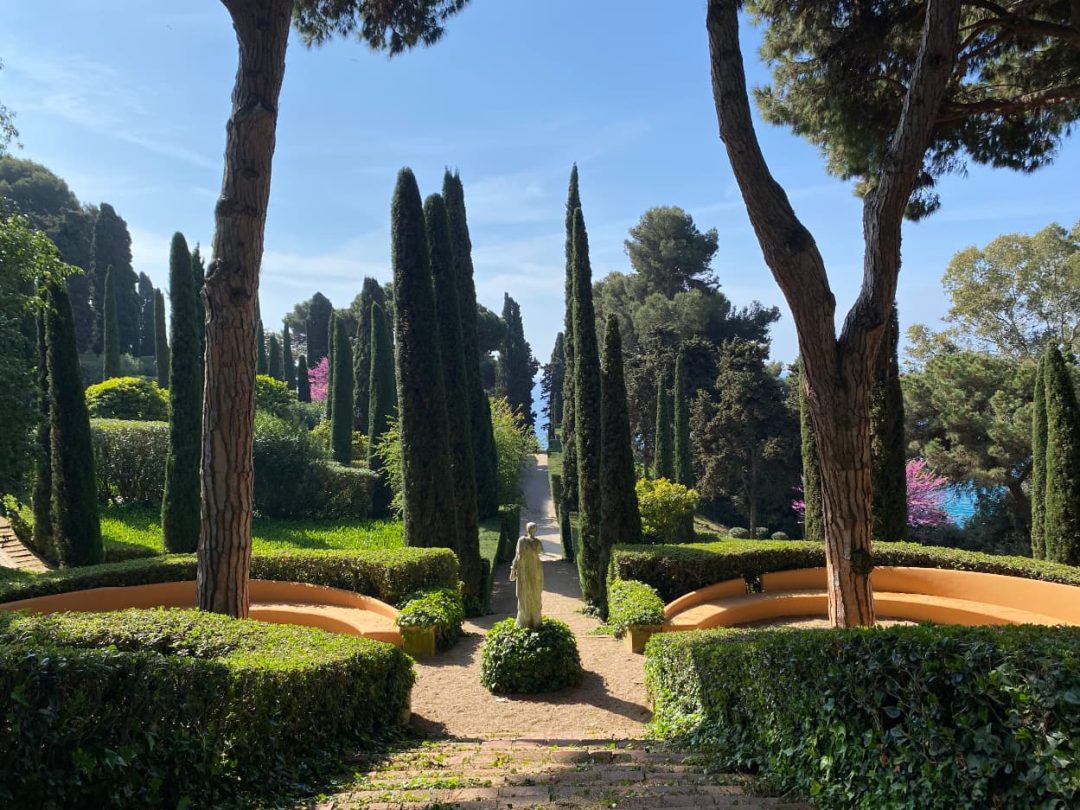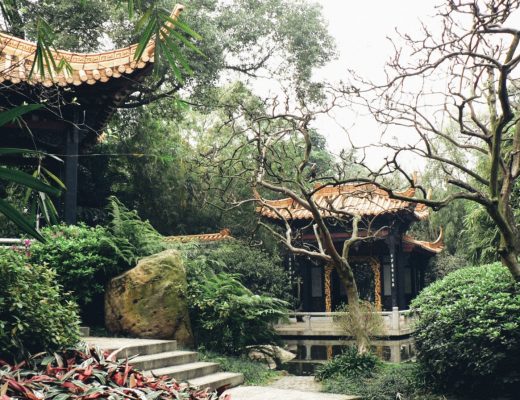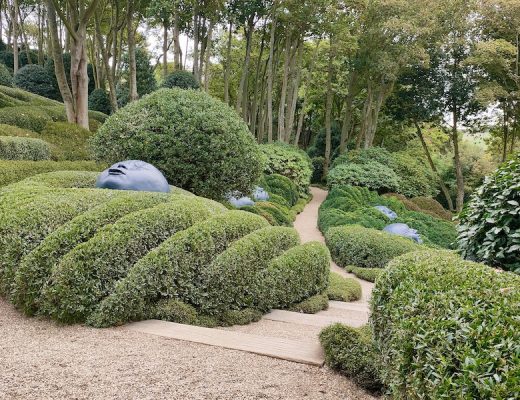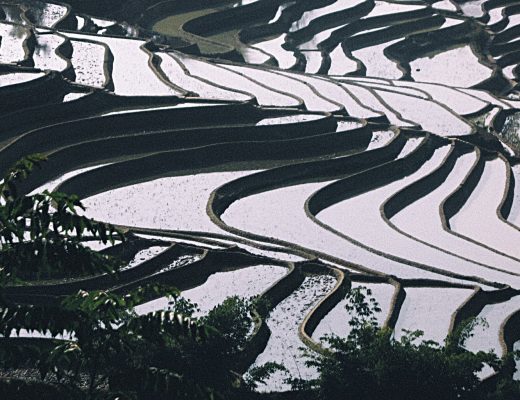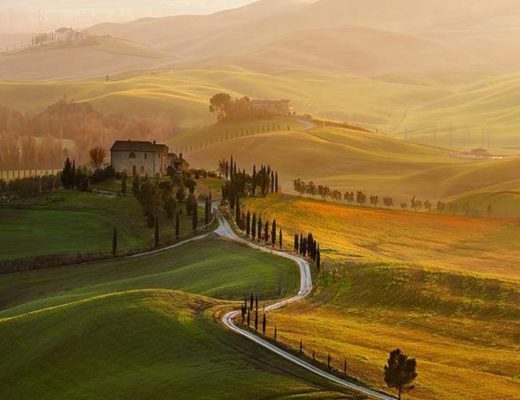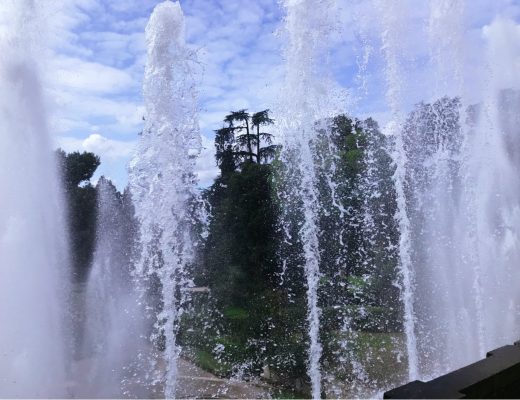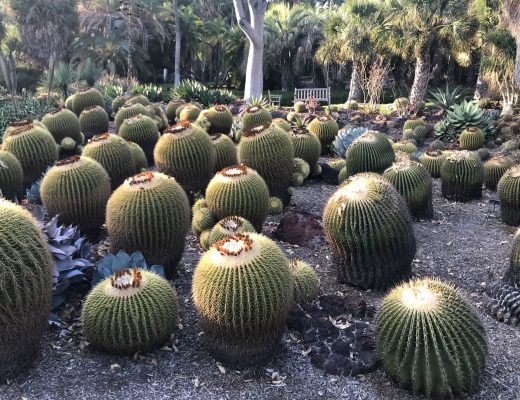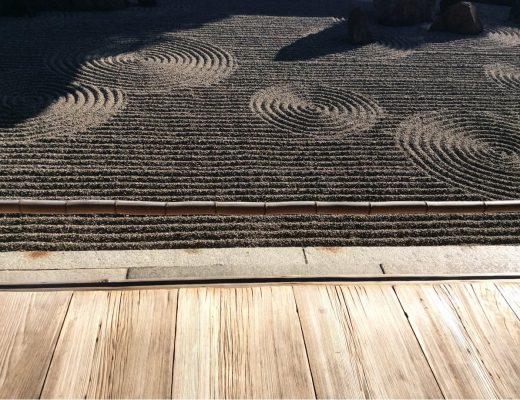Names in “ism” have a pronounced taste for the arts or politics. Thus, we are familiar with classicism, romanticism or cubism on the one hand, and communism, nationalism or liberalism on the other, to name but a few. The great originality of the noucentisme is that it joins together the two in a single name. Culture and politics going hand in hand, this is already one of the strong points of this movement that raged in Catalonia at the beginning of the 20th century.
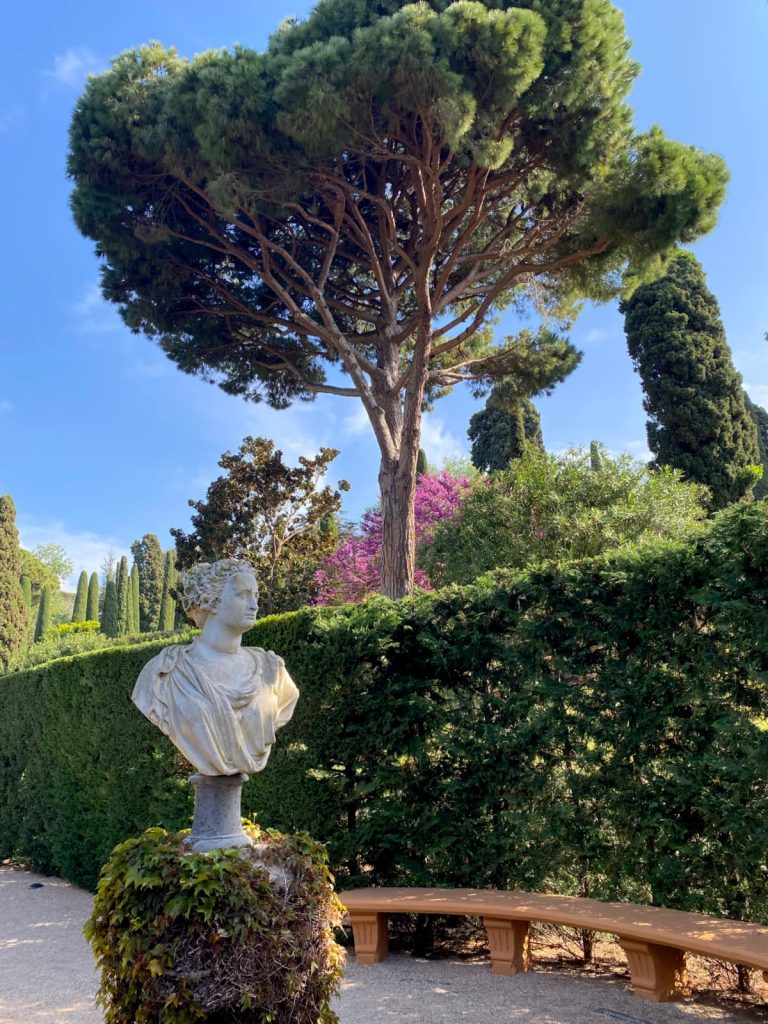
Noucentisme was born from a combination of “nou cents” (nine hundred) and the adjective “nou” which means new, modern.
As there was the quattrocento in Italy, the novecento became noucentisme referring to both the century and the new ideas it was to convey.
In fact, it was a political-cultural movement that began around 1906 and aimed to define the cultural substratum on which political Catalanism was to be based.
You have to be Catalan to understand the subtleties of this movement and all that it conveyed at the time. What is very interesting is the form in which it was expressed in art in general.
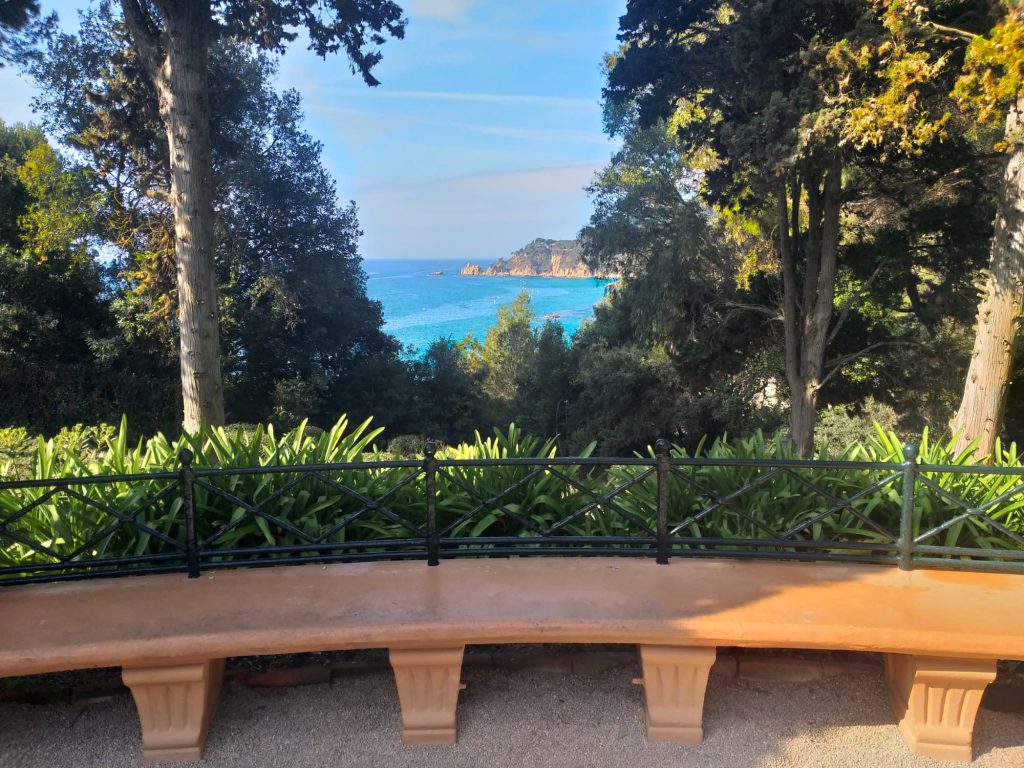
At the beginning, noucentisme was a way of seeing art in the new century, but little by little, Catalan artists deliberately took the Mediterranean as a model as opposed to Northern Europe, which set the tempo in terms of trends. The search for Greek and Latin roots and the influence of the Italian Renaissance led them to invent a different style, one that was not based on Romanticism or Classicism.
The gardens of Sainte Clotilde are an exemplary synthesis of this.
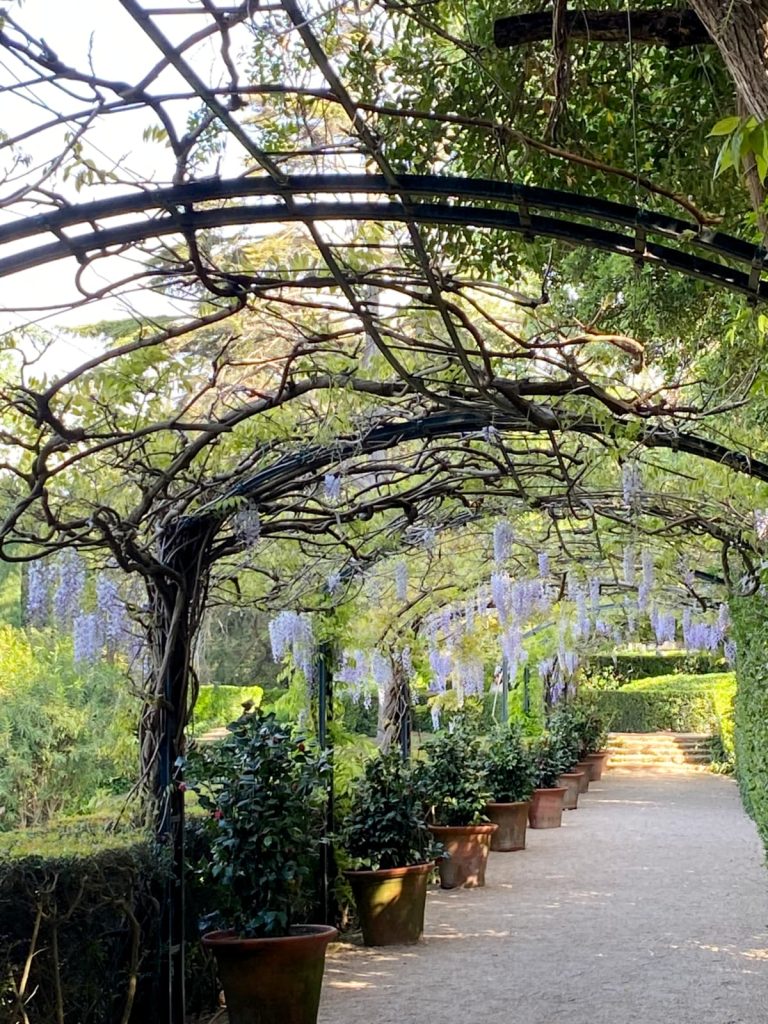
They were designed by Rubio i Tuduri, a garden architect, son of an architect. He was strongly influenced by the ideas of the French landscape designer Jean-Claude Nicolas Forestier. The two of them) designed the gardens of Montjuic Hill in Barcelona.
In this noucentist spirit, where culture is an important base for the representation of the Catalan soul, Rubio i Tuduri inscribes the garden as a work of art in its own right.
“The art of gardens is as worthy as that of music, poetry, architecture and, of course, painting and sculpture. Even superior in many respects.”
Rubio i Tuduri
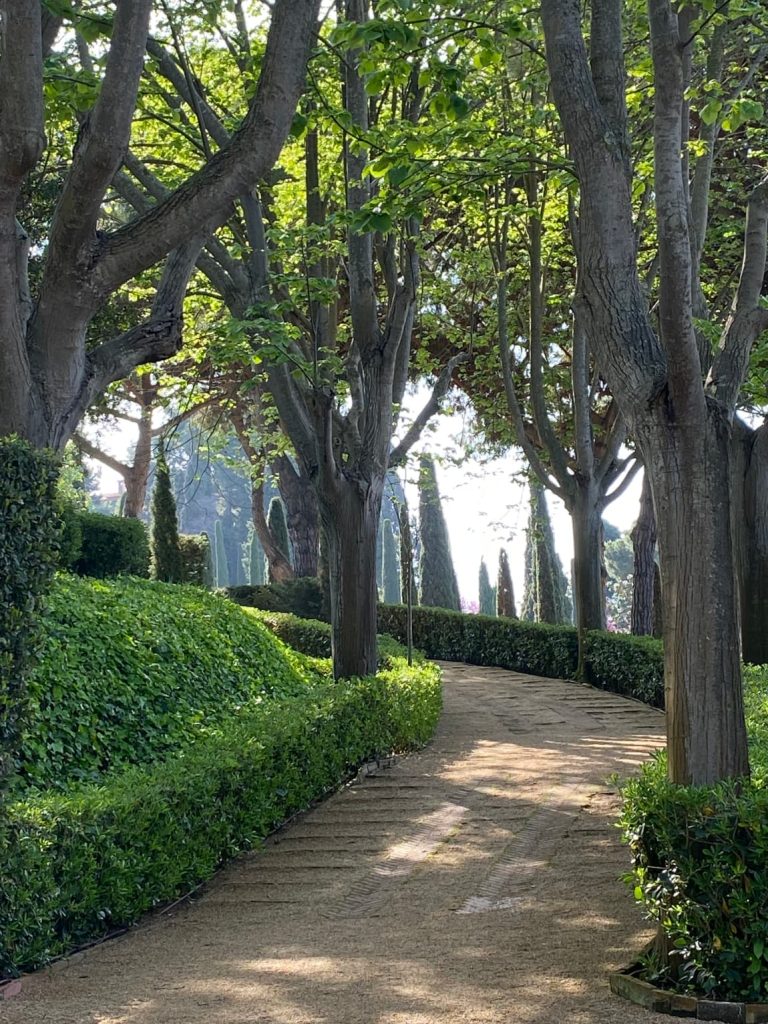
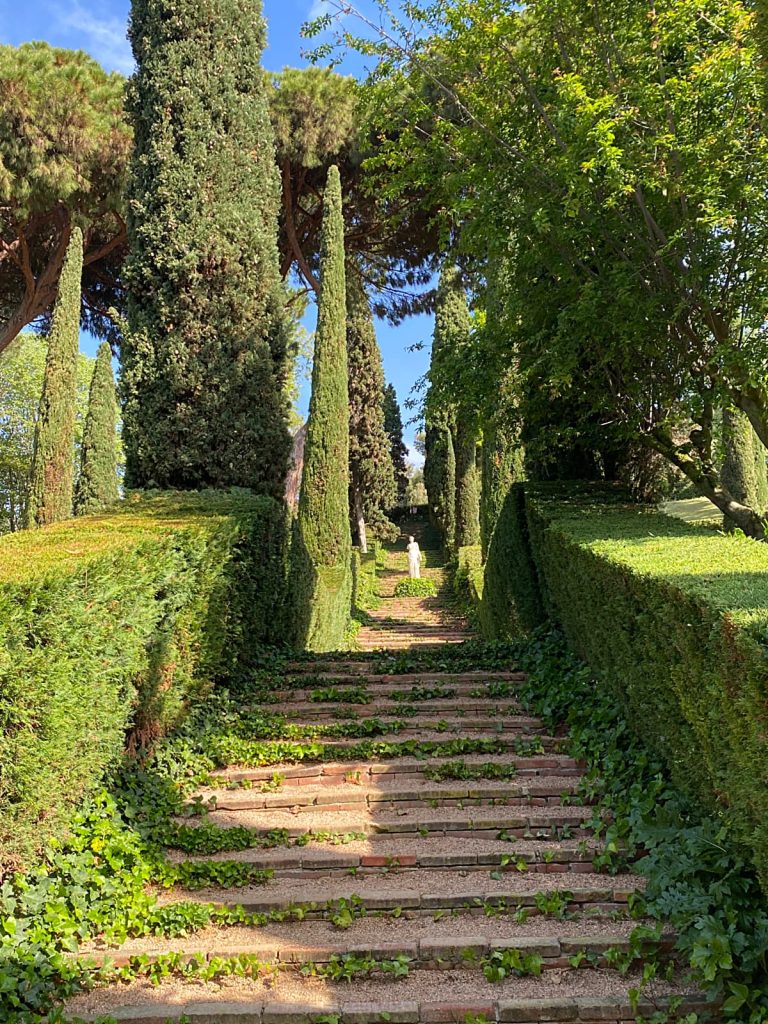
He does not see the garden as a place worshiping a mystical and romantic landscape, but as an act of reconciliation with nature to try to renew an interrupted dialogue. It is a question of being in complicity with a soft and soothing nature such as it appears in the paintings of the Italian Renaissance. No excessive and luxuriant vertigo provided by the English parks, but rather a vegetal harmony between the myths and cultures that have connected around the Mediterranean Sea.
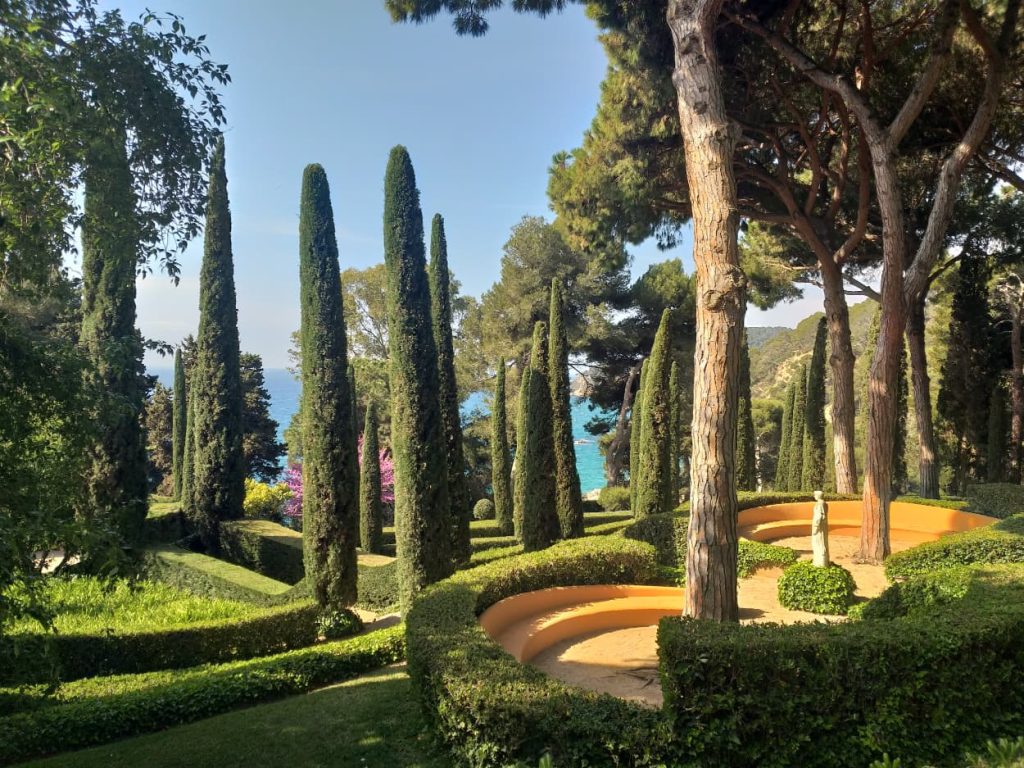
“The artist-gardener must “live” his work in communion with the demands of plant life. He must contribute to it without ever wanting to subject it to the artist’s pre-established inspirations.”
Rubio i Tuduri
Rubió is literally in love with the Mediterranean. His gardens reflect the eclecticism typical of the multiple cultures that have developed around this sea.
His Mediterranean landscape, so well illustrated in Ste Clotilde, is reduced to a human scale, domesticated and very Greco-Latin. Some light touches of exuberant and luminous vegetation alternate with a studied and sober cameo of green tones. The tree species are few, often reduced to cypress, pine and palm. The spaces are drawn with great care, following the slope of the land so that the eye always converges on the Mediterranean, sentinel in the background.
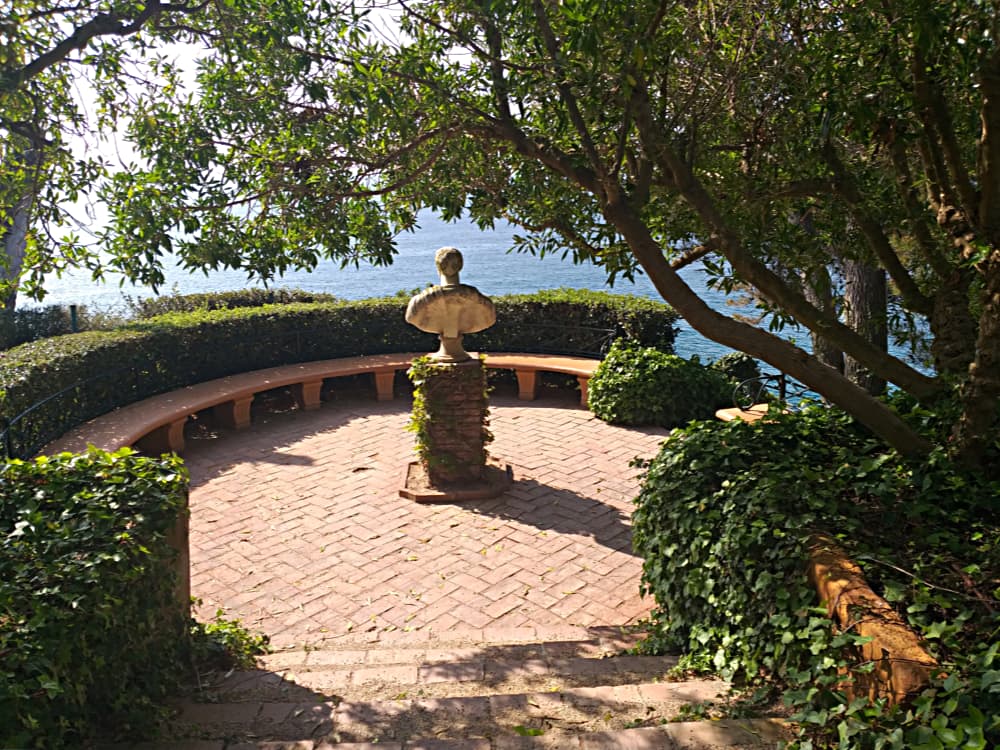
As reinterpreted in the gardens of Étretat in France, the landscape gardener Rubió has sculpted nature with a limited number of plants, making the most of all the natural curves of the land. The effect is spectacular.
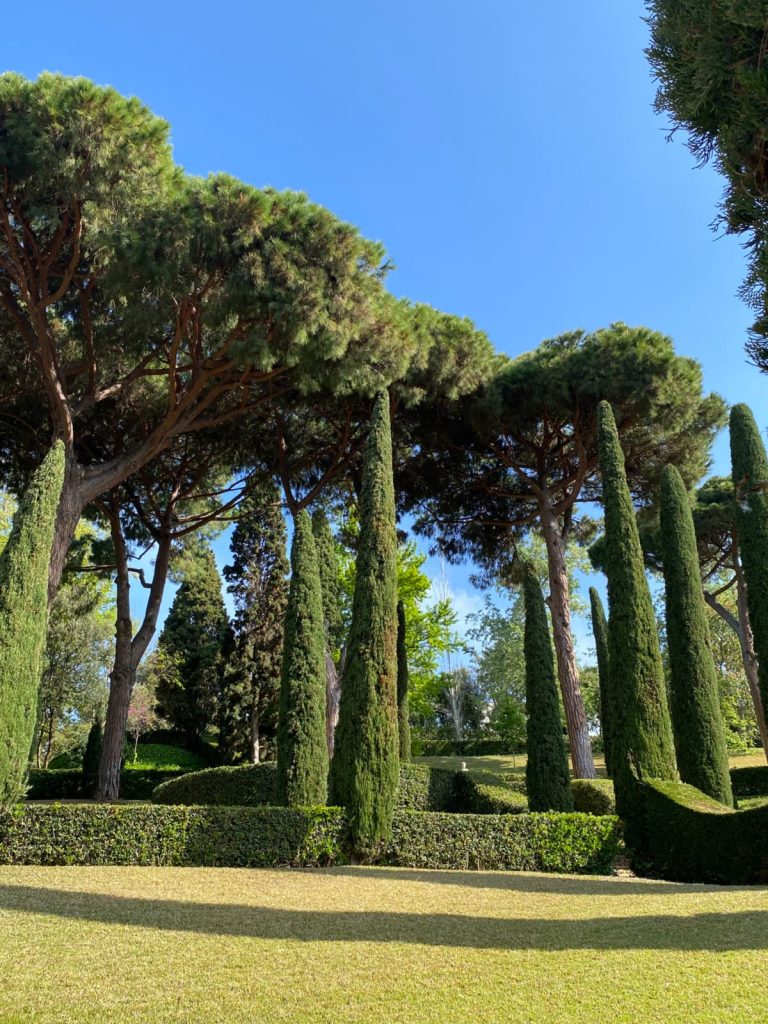
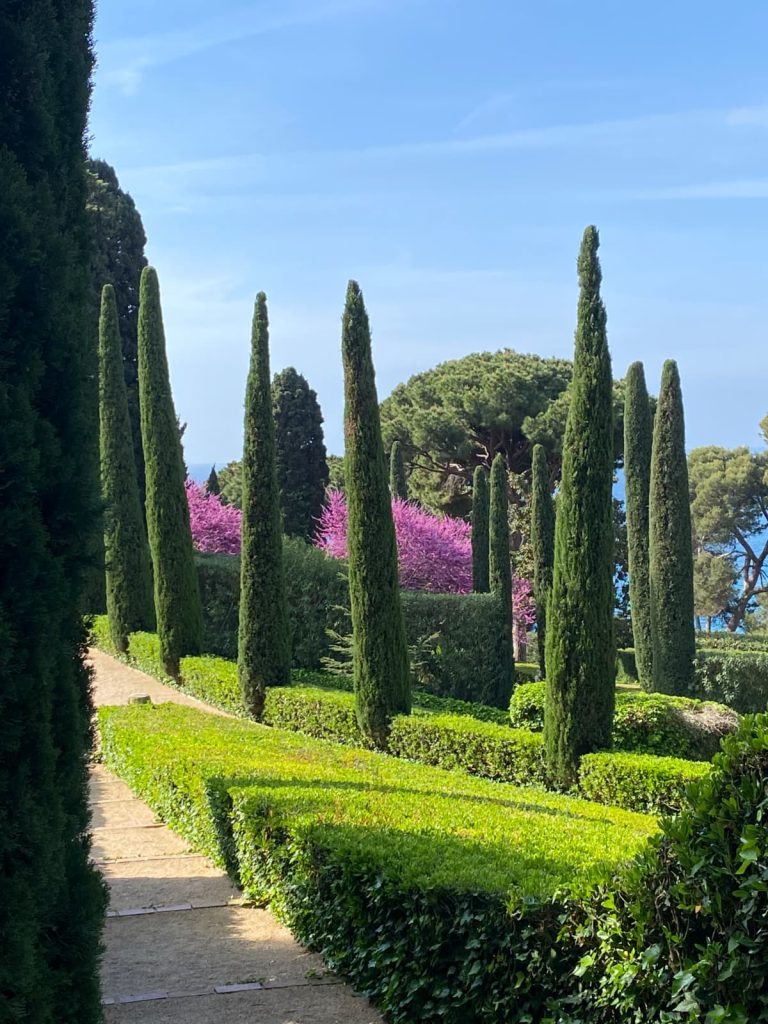
Statues punctuate this well-orchestrated maze, mineral markers in this plant world, often serving as indicators of strategic places: a square, a staircase, a bench or an opening to the sea.
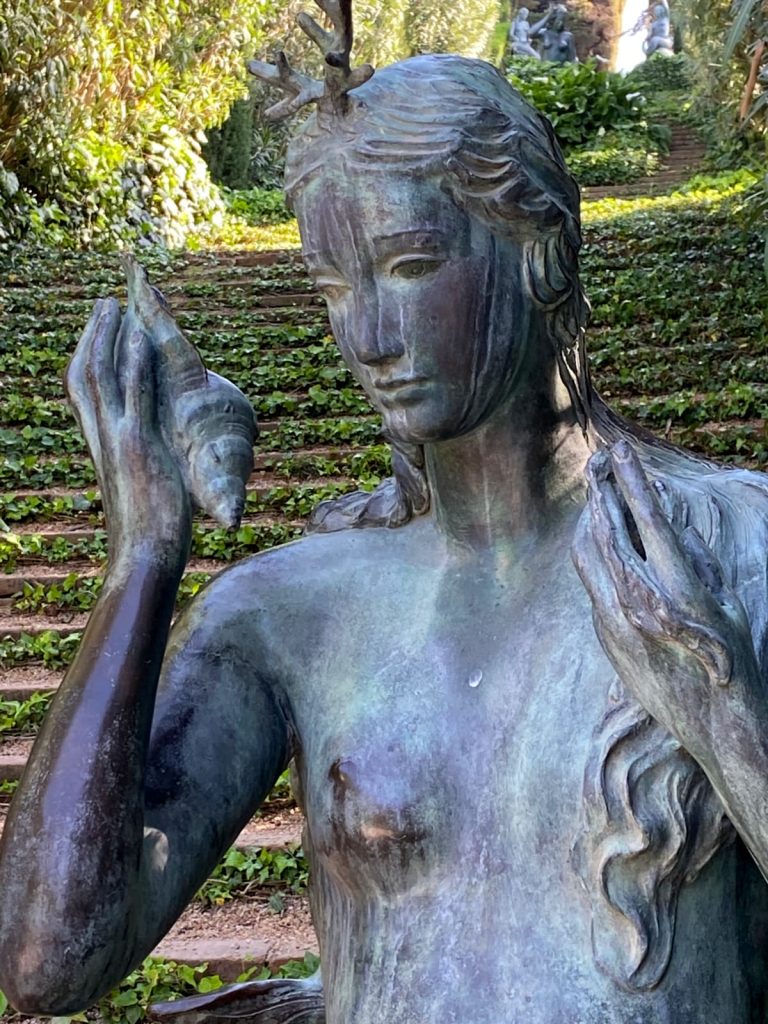
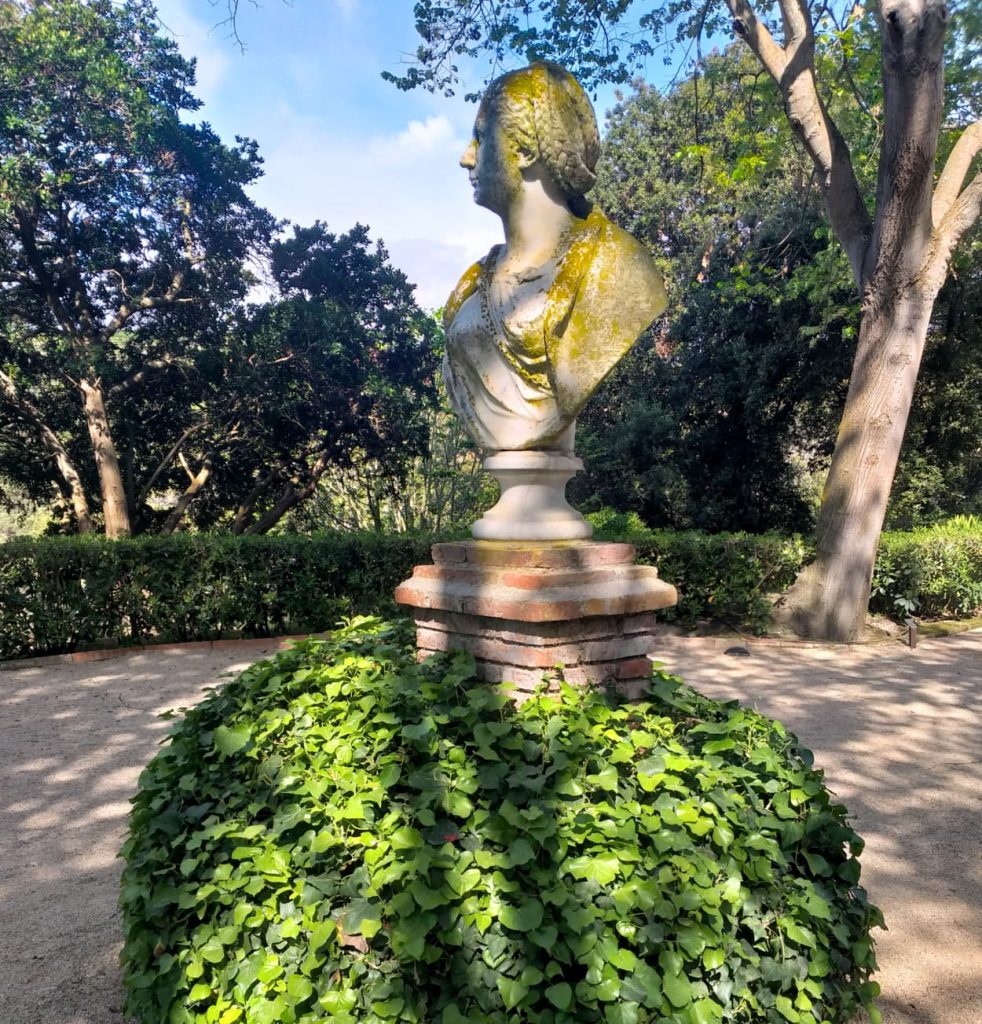
The location itself is breathtaking, a sort of protected bow overlooking a small cove, at the exit of the busy seaside resort of Lloret de Mar. A haven out of time.
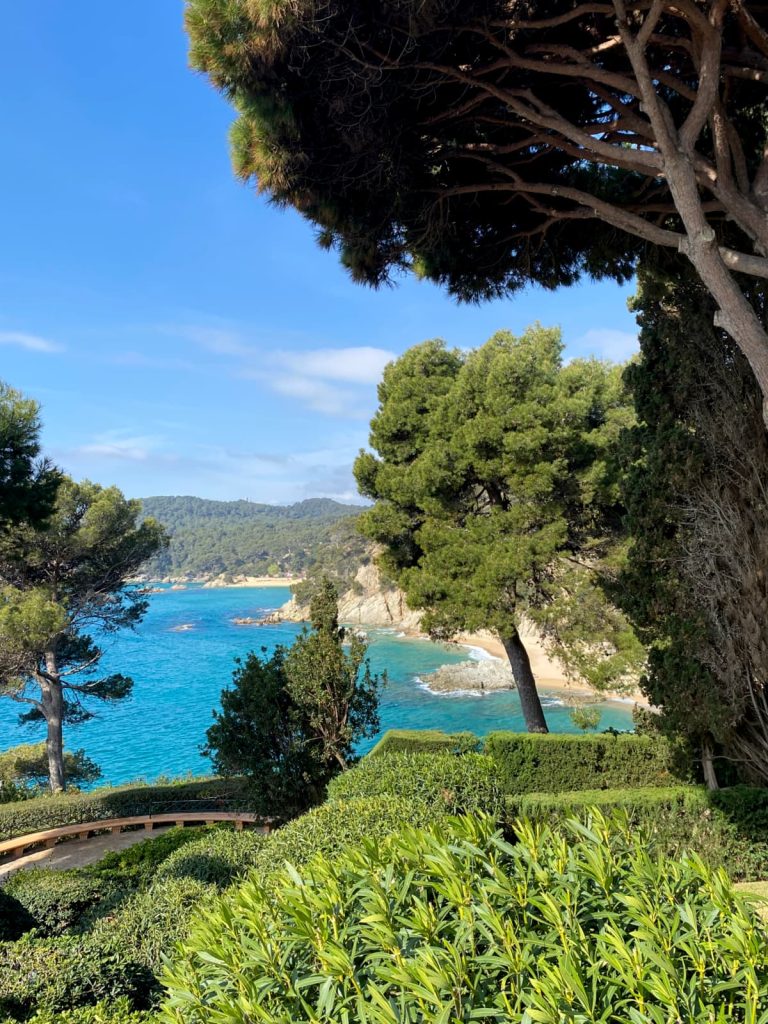
The landscape architect has melted into the space to reveal the soul that generates the Mediterranean. Here, Plato, Seneca and Mistral have made an appointment.
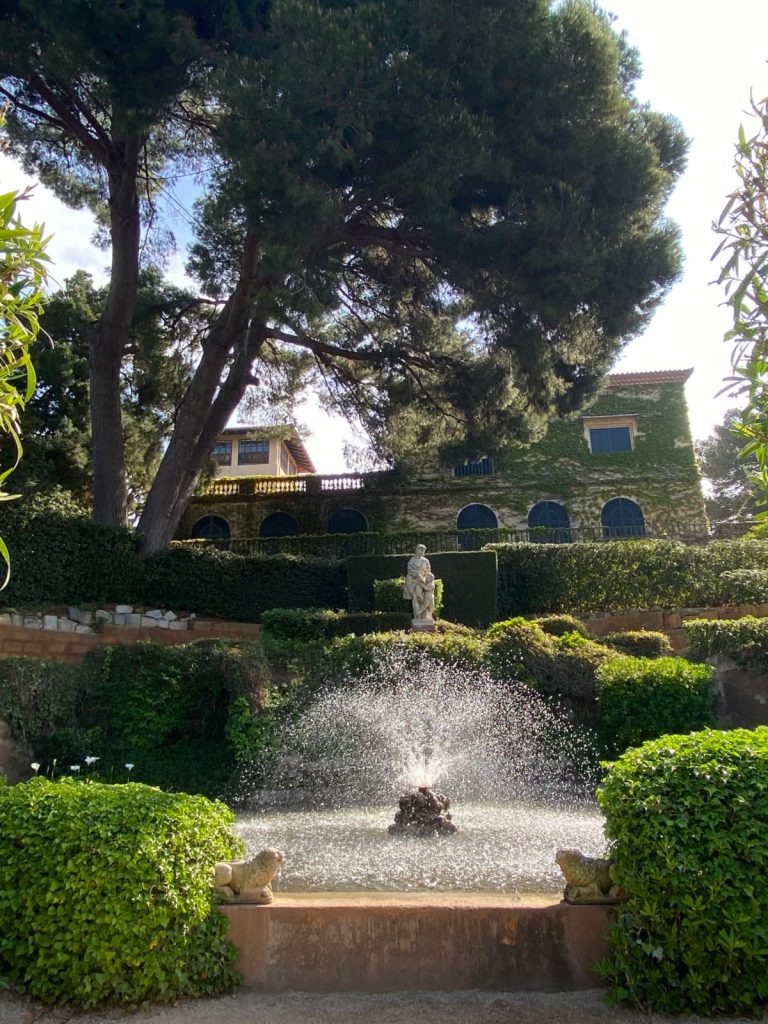
It is with wolf’s pace that one walks along the paths, playing with the straightness of the cypress trees and the shimmering of the water in the distance, fearing to awaken the mermaids who have come to land on this peaceful and timeless shore.
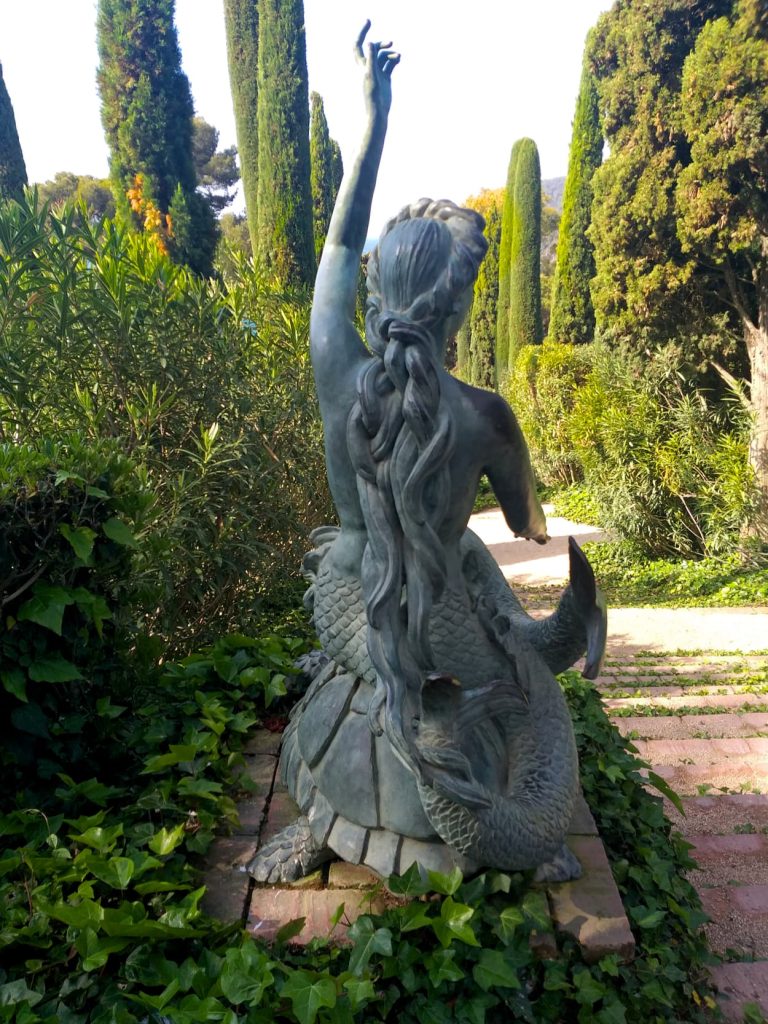
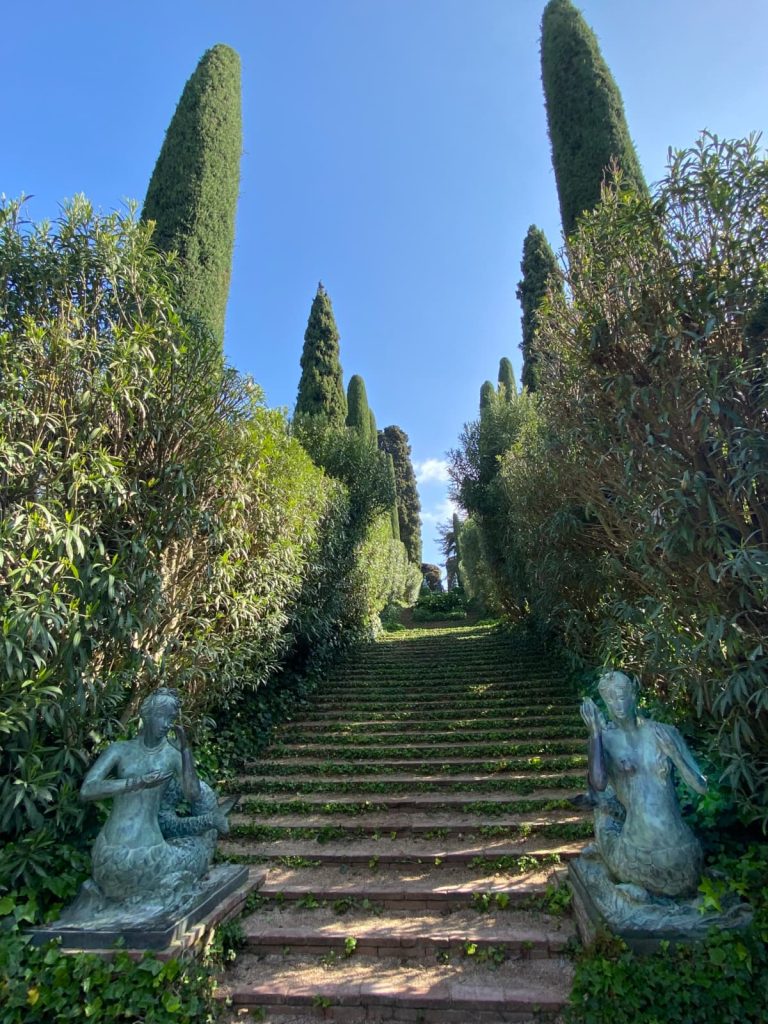
“The creator of a garden manipulates the life of plants in a human way. Because the human-plant harmony of our art, must be the fruit of the man (…)
This implies an extreme simplicity of the garden artwork. The dialogue between the plants must be natural. The accumulation of artificial details is counterproductive. Often, the excess of ornaments and accessories has as its underlying objective only the great ideological and emotional void with which the so-called garden is afflicted.”
Rubio i Tuduri
Nothing superfluous here. Just an invitation to travel.
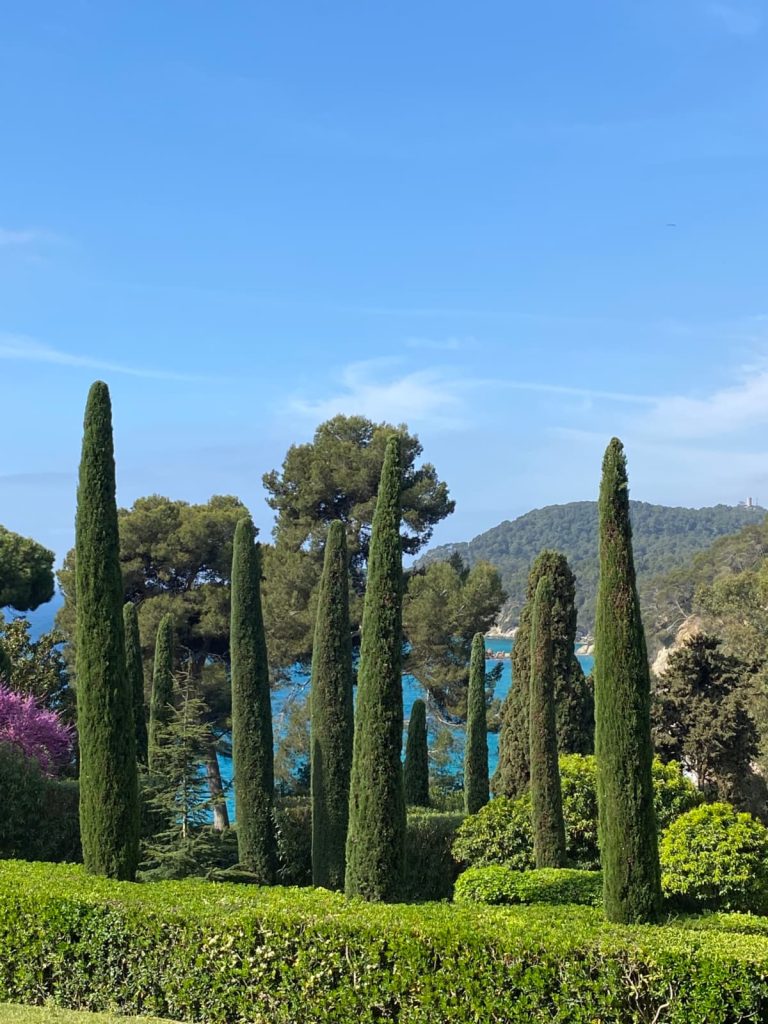
Text Claudia Meyer. Photographs Régis Meyer




